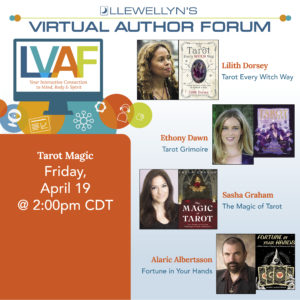Victorian Seasonal Spirits: The Lore of Hallowe’en, Christmas, and St. John’s Eve
Readers, please enjoy this guest blog post by Steele Alexandra Douris, author of the new Spirits, Seers & Séances.
 Those of us who enjoy the interplay of the seasonal and the spectral can learn a lot from the Victorians, whose celebrations often combined the festive and the uncanny in striking ways. The Victorians, who were obsessed with ghost legends and lore, truly had spirits for every season.
Those of us who enjoy the interplay of the seasonal and the spectral can learn a lot from the Victorians, whose celebrations often combined the festive and the uncanny in striking ways. The Victorians, who were obsessed with ghost legends and lore, truly had spirits for every season.
Christmas
In nineteenth-century England, which didn’t celebrate Hallowe’en as enthusiastically as Scotland, Ireland, or the USA, Christmas was the ghostliest holiday. Spirits were believed to be particularly active at Christmastime, and telling ghost stories around a roaring fire was a popular Christmas tradition. Charles Dickens reinforced the link between Christmas and the spirit realm with the publication of his wildly successful novella, A Christmas Carol, in 1843. Many other authors followed in his footsteps, and for years afterward, the beginning of the Christmas season heralded the publication of a deluge of seasonal ghost stories. Victorian authors had a wealth of material to draw on for their spectral tales; ghost lore varied widely by region, and many areas had their own unique legends about what sort of apparitions might stalk the snowy roads on the longest nights of the year.
St. John’s Eve
Like Christmas, St. John’s Eve falls close to a solstice: the summer solstice (in the Northern hemisphere). Celebrated on the eve of June 23, it marks the night before the feast day of St. John the Baptist, and it has some compelling ghost lore of its own. Several Victorian legends identify St. John’s Eve as a time of particularly vivid death omens or premonitions. One legend holds that on St. John’s Eve, the souls of all living people momentarily escape their bodies, and travel, over land or sea, to the exact spot where they will eventually meet their earthly demise.
Hallowe’en
Observance of Hallowe’en was spotty throughout the Victorian era; it was most popular in Ireland and Scotland, and in Irish and Scottish immigrant communities within the United States. Many modern symbols of Hallowe’en were already established in the nineteenth century: ghosts, witches, black cats, bats, and pumpkins were common motifs. However, there was also a strong connection between Hallowe’en and the fey, especially diminutive fey such as brownies and fairies (which the Victorians depicted as tiny, winged creatures). If you were ever going to catch a glimpse of the pixies or goblins populating your back garden, then it would be on Hallowe’en night. On the other hand, Hallowe’en’s modern associations with murderous maniacs, serial slashers, and sadistic killers didn’t really exist in the 19th century. Hallowe’en was a time of supernatural antics and otherworldly phantoms; dangerous human felons played little to no part in the lore of the night.
Our thanks to Steele for her guest post! For more from Steele Alexandra Douris, read her article “Six Ways Victorian Séances Were Not Like the Movies.”









